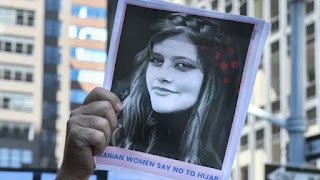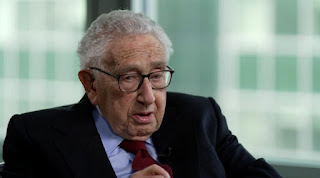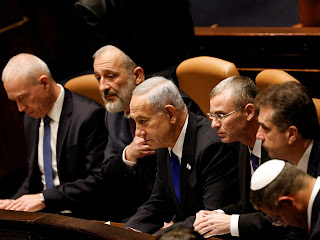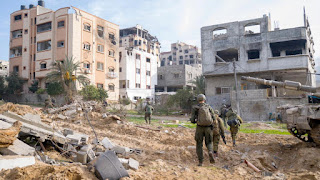The lethal sacrifice of women in Iran
Riots and clashes keep on inflaming the pacific
movements in Teheran in the name of the defense of women rights and against the
restrictions they have to face day by day for Islam’s sake in a climate of
repression exerted by the clerical authority. After 40 days from the death of
Mahsa Amini, an important date in the Islamic calendar, that marks the end of
the mourning and the visit of the family of the girl stopped by the police the
last 17 September because of an ill-donned and unadjusted veil, new public
demonstrations have crowded the squares and the streets of Berlin proclaiming
the “Women, Life, Liberty”slogan- At the same time an important signal of
protests have been shown in Uk and USA, ” in sign of solidarity, against the brutality of the Iranian moral
police that has so far caused 248 victims, 12000 arrests, 315 investigated for
“conspiracy against the national security.
These pacific movements don’t involve just
students of secondary and high schools but wide swaths of society, counting
hundreds of civilians. The death of this woman has provoked a wave of
indignation,becoming the emblem of ongoing injustices imposed by the Iranian
authority, headed by Ali Khamenei . Furthermore many women with uncovered faces
screamed against the ayatollah, defining him “the shame of the nation”, hymning
to the crackdown of the regime, even through shrine attacks. These protests
don’t concern just the question of the veil but also the abolition of the moral
police and a greater freedom of expression and information. The Z generation
(“Z” for Zoomer) pleads for important reforms. It’s undeniable, in fact, the
importance represented by internet and social media in nowadays society in
which people are, in comparison with darker past times, much more informed and
aware of what’s going on in their country and internationally.After 40 years of
gender discrimination, repression, fundamentalism and economic inequalities the
Iranian government has been brought to the brink of collapse by people of any
class and social rank, asking for a change. While up to now the anti-government
movements referred to male figures, today
in Iran the revolution is woman, not forgetting the death of the young Nika
Shakaramini and Sarina Esmaeilzadeh, that contributed to foment the turmoil .
Responding to the unlawful killings of at
least eight people by Iran’s security forces as they again
opened fire on mourners and protesters in at
least four provinces and building on growing international
calls for
a UN mechanism on Iran, Amnesty International
invoked:
“The Iranian authorities’ reckless and
unlawful use of firearms against protesters, including live
ammunition, reveals yet again the tragically high cost of
international inaction. All member states of the UN Human Rights
Council must take decisive action now and immediately
convene a special session on Iran in order to prevent
further loss of life. Failure to act decisively
will only embolden the Iranian authorities to further
crackdown against mourners and protesters set to gather in the coming
days during commemorations marking 40
days since the first deaths of protesters after
the deadly repression began in mid-September. ”
“The UN Human Rights
Council must make clear to the Iranian authorities that
their crimes under international law will not go uninvestigated by
establishing an independent reporting and
accountability mechanism on Iran.
The ongoing failure to enact such
mechanism, despite widespread unlawful
killings of protesters since the nationwide protests
of December 2017-January 2018 is indicative of how such
brutal tragedies in
Iran have seemingly become normalized. It is long
overdue for the international community to hear
the cries of victims’ families and human rights defenders
for justice.”
On 26 and 27 October 2022, Iran’s security
forces intensified their
use of unlawful force, including by shooting firearms
with live ammunition, metal pellets and teargas,
against protesters who had gathered in Kurdistan,
West Azerbaijan, Kermanshah and Lorestan provinces.
On 21 November, UN experts, including the
Special Rapporteur on the human rights situation in Iran, called on the Human Rights
Council to urgently take action, including by establishing an
international mechanism on Iran during a special session. The German
minister of foreign affairs also spoke out in support of an independent
UN mechanism on Iran.
In conclusion, Iranian authorities continue to
brutally repress their own people, especially women, in their basic freedoms,
from veil to education and leadership role in the public sphere. The country’s
security and intelligence apparatus, along with Iran’s judiciary, harshly cracked
down on dissent, including through excessive and lethal force against
protesters and reported abuse and torture in detention. Impunity ramps up and
Ebrahim Raeesi, a serial human rights violator, took over the presidency during
unfree elections. Furthermore, deteriorating economic conditions due to US
unilateral sanctions, government policies, and the impact of the Covid-19
pandemic have increased the level of poverty in the nation and reduced living
standards for millions. The hard work of the community itself and sensitization
operated by many ONG, as the outlet Iran Wire and others, in the country and
all around the world leave room that rising awareness and making appeal to the
Human Rights Council within the UN, in the aftermath of these civilians screams
of alarms could provoke a radical change and a more compliant regime with the
international Human Rights standard, encouraging that need of resilience and
adaptation that the Islamic countries in general found so difficult to realize
and implement, in a strict interpretation of Koran.





Comments
Post a Comment